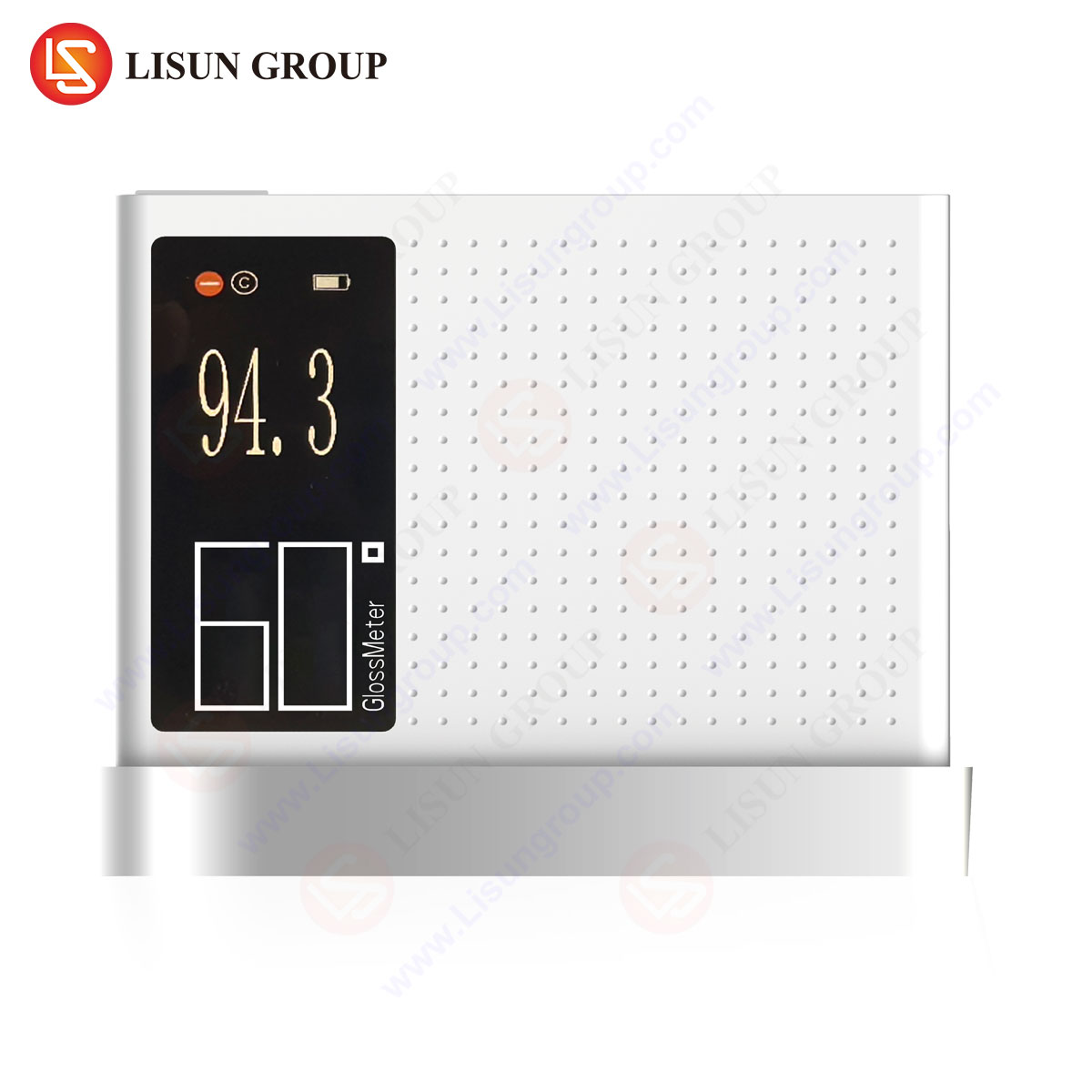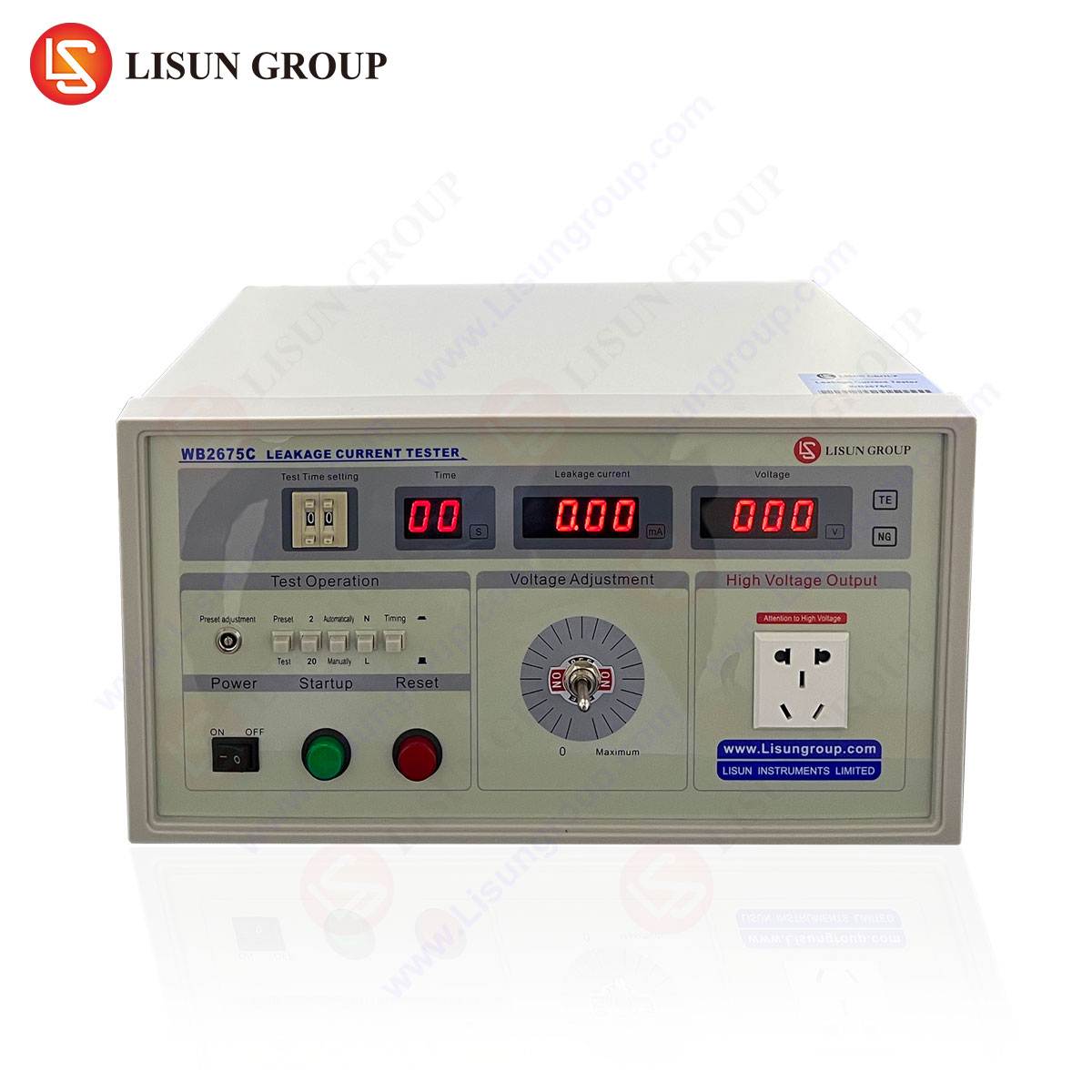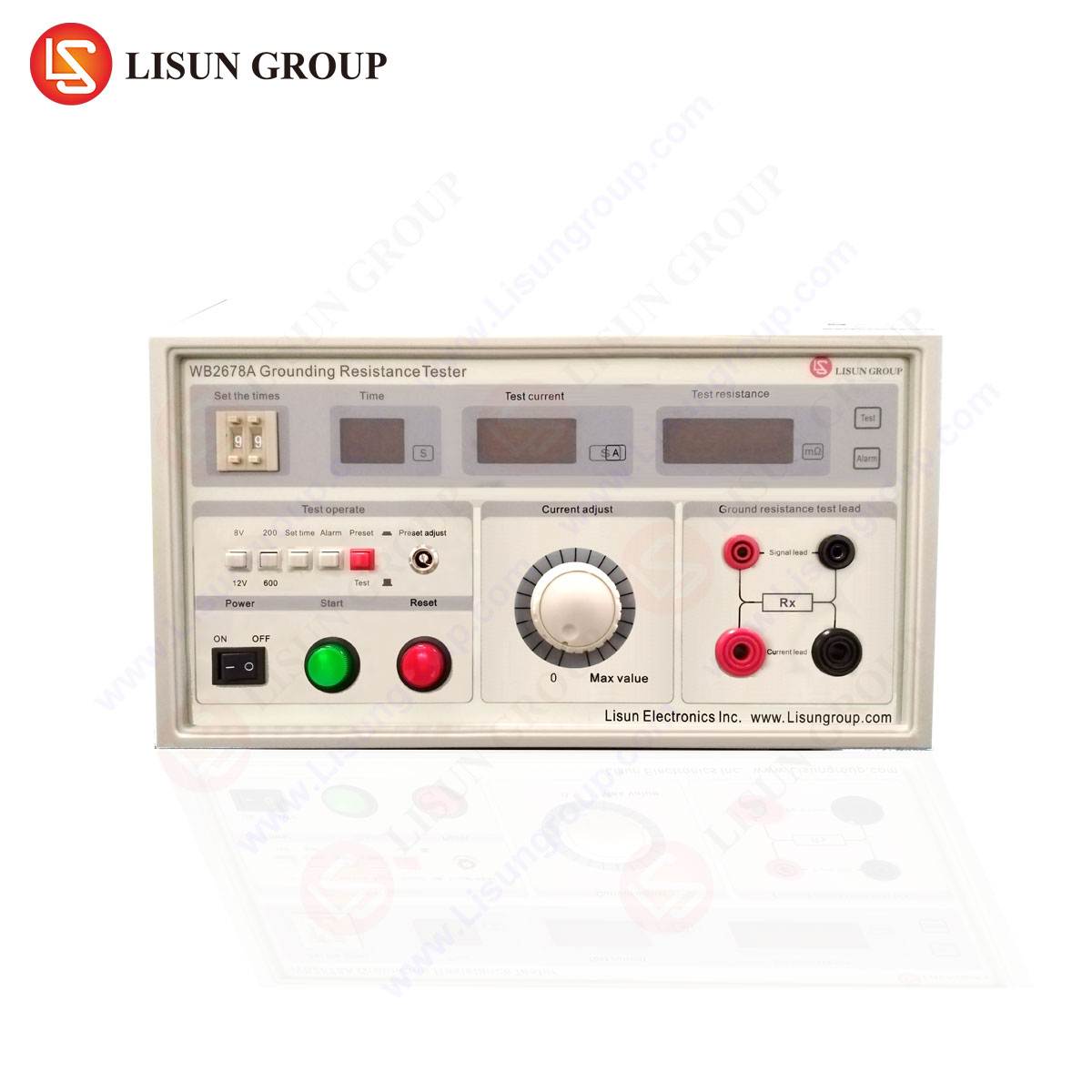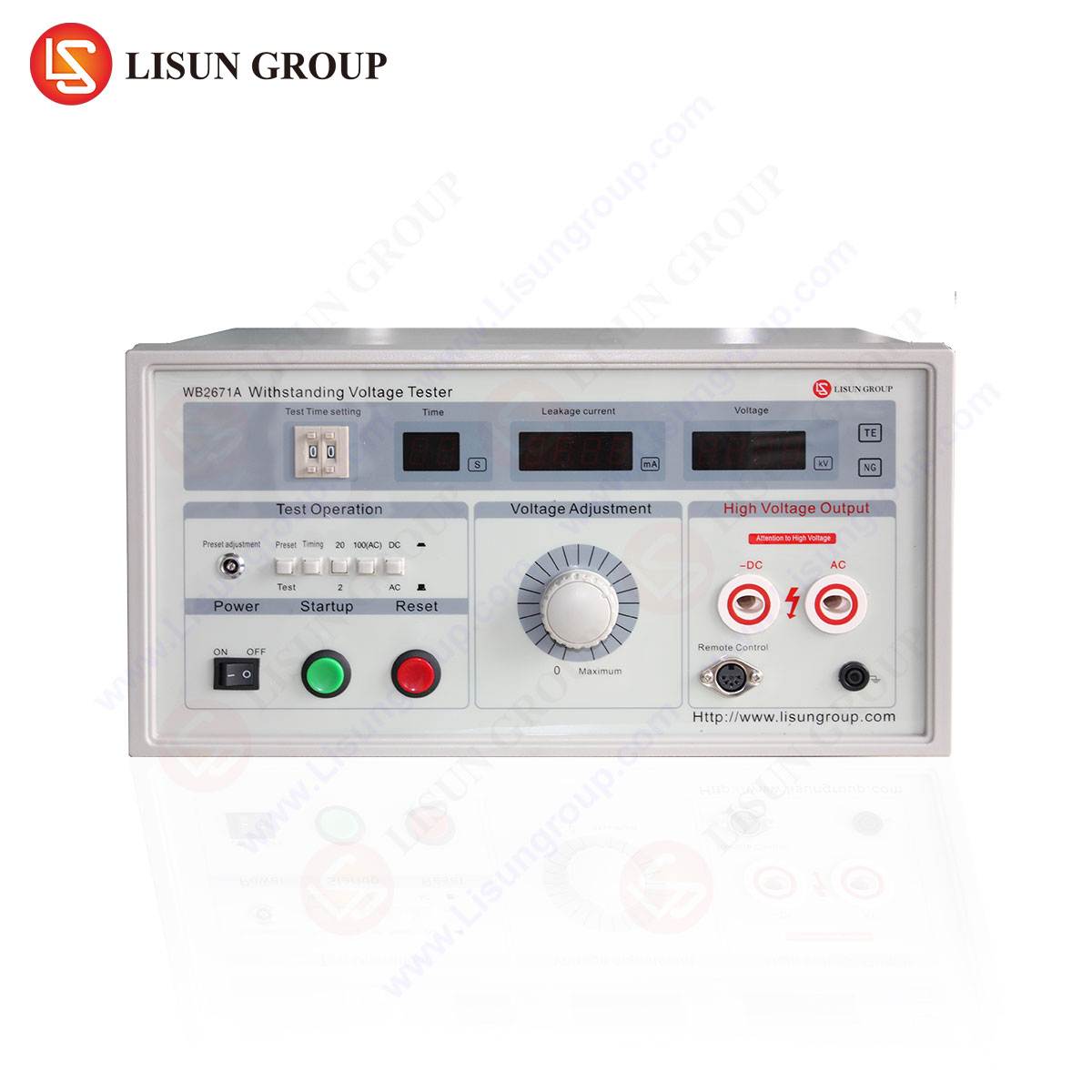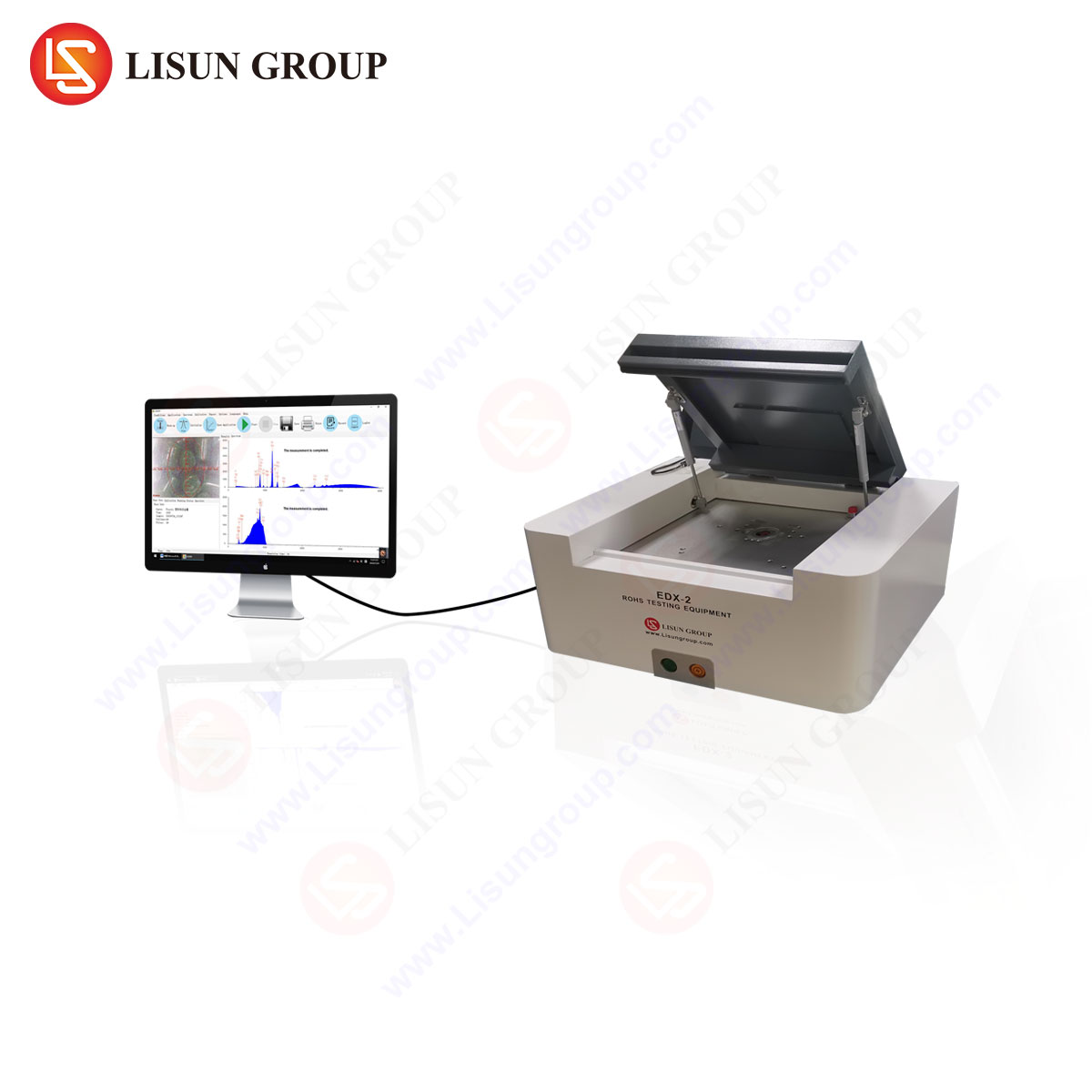Fundamentals of Insulation Resistance Testing
Electrical insulation resistance testing is a critical diagnostic procedure employed to assess the integrity of insulating materials in electrical and electronic systems. The test measures the resistance between conductive components and ground or adjacent conductors, ensuring that insulation barriers prevent leakage currents and mitigate risks of short circuits, equipment failure, or electric shock.
The principle relies on applying a high DC voltage (typically ranging from 50V to 10kV) across the insulation and measuring the resultant current flow. Ohm’s Law (R = V/I) determines insulation resistance, where higher resistance values indicate superior insulating properties. Industry standards such as IEC 60335, IEC 61010, and IEEE 43 govern testing methodologies, ensuring compliance across applications.
Key Specifications of the WB2681A Тестер сопротивления изоляции
The ЛИСУН WB2681A Insulation Resistance Tester is engineered for precision and reliability in high-voltage insulation diagnostics. Below are its primary technical specifications:
| Параметр | Спецификация |
|---|---|
| Test Voltage Range | 50V – 1000V DC (±5%) |
| Resistance Measurement | 0.01MΩ – 1000GΩ (±3%) |
| Выходной ток | ≤ 2mA (Short Circuit) |
| Display | 4.3-inch LCD with real-time graphing |
| Safety Compliance | IEC 61010-1 CAT III 600V |
| Data Logging | USB storage for test records |
The WB2681A integrates advanced features such as automatic discharge post-testing, polarization index (PI), and dielectric absorption ratio (DAR) calculations, enhancing its utility in predictive maintenance and failure analysis.
Testing Methodologies and Operational Principles
The WB2681A employs three principal testing modes:
- Spot Resistance Test – A single high-voltage application to measure instantaneous insulation resistance.
- Time-Resistance Test – Evaluates insulation degradation over time, critical for identifying moisture ingress or aging.
- Step Voltage Test – Applies incremental voltage steps to detect weaknesses under varying stress conditions.
Polarization Index (PI) and Dielectric Absorption Ratio (DAR) are derived from time-resistance tests, offering insights into insulation health. A PI value below 1 indicates severe degradation, while values above 2 suggest robust insulation.
Industry-Specific Applications of Insulation Resistance Testing
Electrical and Electronic Equipment
Manufacturers of transformers, circuit breakers, and switchgear rely on insulation testers to validate dielectric strength before deployment. The WB2681A’s 1000GΩ range ensures precise detection of micro-leakages in high-impedance systems.
Household Appliances and Consumer Electronics
Compliance with IEC 60335 mandates insulation testing for appliances like refrigerators, washing machines, and power adapters. The WB2681A’s compact design facilitates in-line production testing.
Automotive Electronics
Electric vehicles (EVs) and onboard charging systems require stringent insulation checks to prevent high-voltage hazards. The tester’s CAT III 600V rating ensures safe diagnostics in automotive power distribution networks.
Aerospace and Aviation Components
Aircraft wiring systems undergo rigorous insulation testing to withstand extreme environmental conditions. The WB2681A’s wide resistance range accommodates aerospace-grade materials.
Medical Devices and Telecommunications Equipment
Patient-connected medical devices demand faultless insulation to prevent leakage currents. Similarly, telecom infrastructure utilizes insulation testers to safeguard signal integrity in high-voltage environments.
Comparative Advantages of the WB2681A in Industrial Settings
- Enhanced Accuracy – ±3% resistance tolerance ensures reliable diagnostics, minimizing false positives in quality control.
- User-Centric Interface – The graphical LCD displays real-time trends, eliminating manual data interpretation.
- Regulatory Compliance – Meets IEC 61010-1 safety standards, making it suitable for high-risk environments.
- Versatile Testing Modes – Supports PI, DAR, and step-voltage tests, catering to diverse industry requirements.
FAQs: Insulation Resistance Testing and the WB2681A
Q1: What is the significance of Polarization Index (PI) in insulation testing?
A1: PI measures insulation quality by comparing resistance values at 1-minute and 10-minute intervals. A low PI indicates moisture absorption or contamination.
Q2: Can the WB2681A test low-voltage cables?
A2: Yes, its adjustable voltage range (50V – 1000V) supports testing across low- and high-voltage systems.
Q3: How does the WB2681A ensure operator safety during high-voltage tests?
A3: Built-in discharge circuits and CAT III 600V compliance mitigate risks of electric shock.
Q4: Is data logging possible with the WB2681A?
A4: Yes, test results can be exported via USB for further analysis and compliance documentation.
Q5: What industries benefit most from step-voltage testing?
A5: Power utilities and industrial control systems use step-voltage tests to identify insulation weaknesses under varying stress conditions.
This guide underscores the critical role of insulation resistance testing in modern electrical systems while highlighting the WB2681A’s technical superiority in diverse applications.


